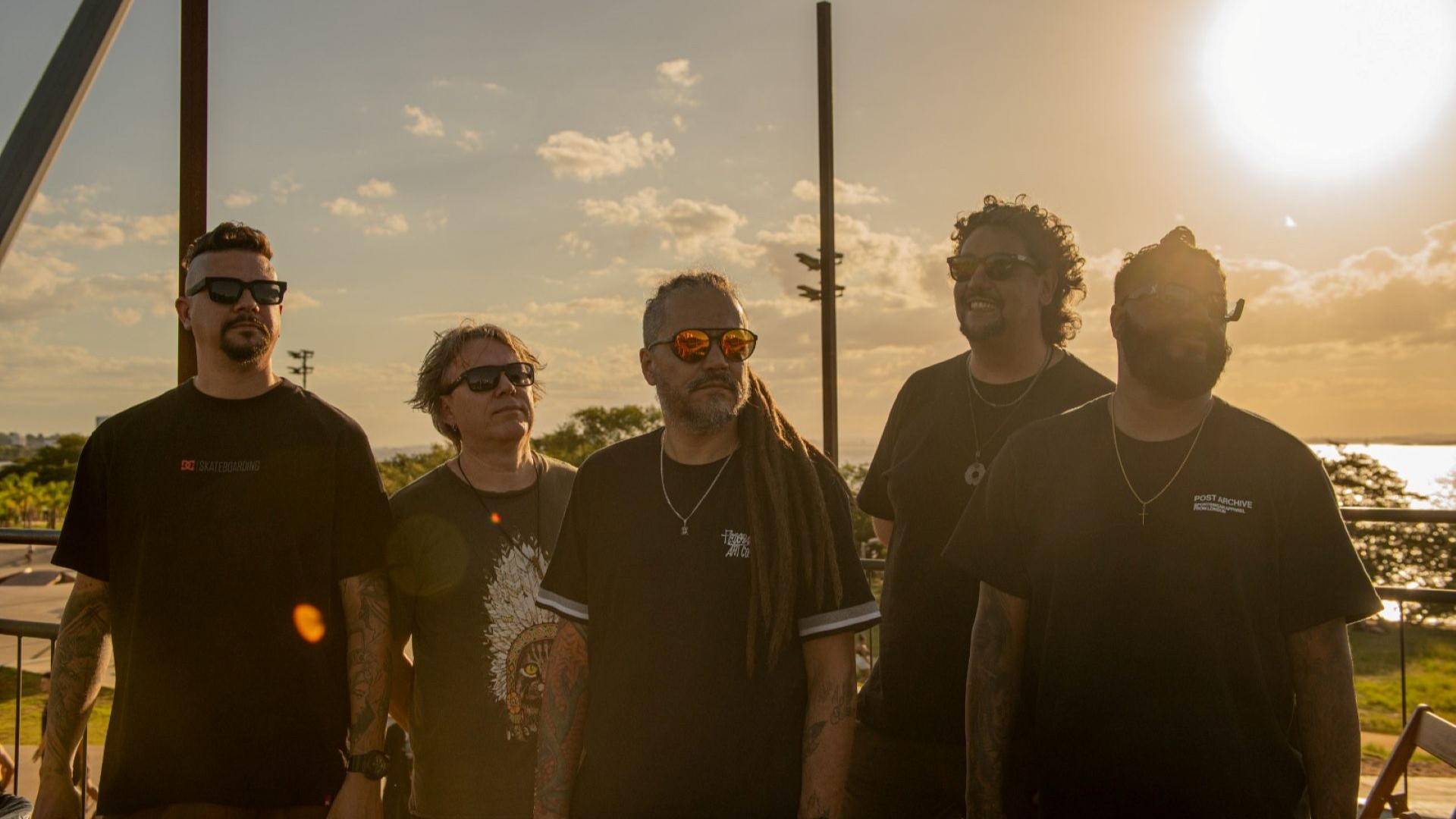In summer, we don’t want to think about viruses at all, but autumn is approaching, which means that the risk of infection increases every day.
The term “flu season” describes the months when the incidence of influenza is highest. As with many other viruses, the number of people infected tends to decrease each year in a relatively predictable pattern.
When does flu season start?
As Jay Woody, MD explains, flu season begins in October. The number of cases increases as the months become colder and peaks in January and February.
When does flu season end?
Of course, you can catch the flu at any time of the year – the virus doesn’t disappear anywhere. But it spreads in the form of droplets of saliva and mucus, and in the warm season the life of such a “horse” is much shorter. Thus, the flu season ends on average in April or May.
When should you get the flu shot?
The flu virus is constantly evolving. This is why the vaccine you received last year might not be useful this year. The tool is constantly updated – the WHO announces before the start of the epidemic season which three strains it must protect against.
ADVERTISEMENT – CONTINUED BELOW
To identify ‘newcomers’, more than 120 National Influenza Study Centers have been established in more than 90 countries around the world. The specialists who work there analyze many factors: strains in circulation, movement of people, migration of birds, etc. After receiving WHO recommendations, vaccine makers develop new drugs that usually arrive in hospitals and clinics in early fall.
Yes








